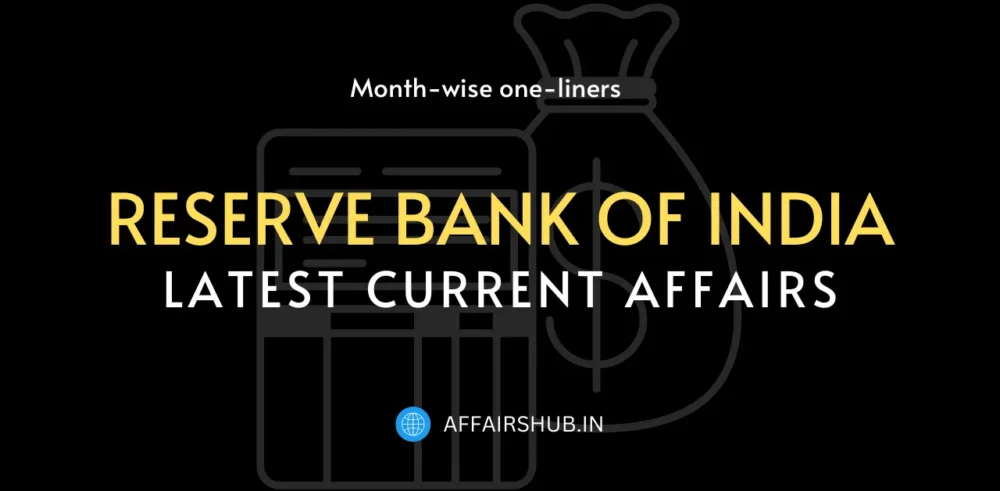Gold has fascinated humans for millennia, symbolizing wealth, power, and stability. Even today, gold reserves play a crucial role in the economic strategies of nations. But where is the largest gold reserve in the world, and why do countries still hoard this precious metal? Let’s explore the depths of global gold reserves and understand their significance.
Here is the quick answer to the question: 👇
The United States possesses the world’s largest gold reserves by a significant margin. The U.S. government holds nearly as many gold reserves as the next three largest gold-holding nations—Germany, Italy, and France—combined.
Investopedia
Let’s elaborate on gold reserves and explore more about them, including the top countries with the largest reserves, the reasons why gold reserves are needed, their role in economics, and other crucial information.
Understanding Gold Reserves
Definition and Purpose
Gold reserves are the quantities of gold held by central banks and governments as a store of value. Historically, these reserves were used to back national currencies and facilitate international trade.
Historical Role of Gold in Economies
For centuries, gold served as the backbone of economic systems. It was a standard for currencies and a reliable means of international exchange. This metal’s intrinsic value made it a preferred choice for financial security.
Modern Uses of Gold Reserves
Today, gold reserves are no longer the standard for currencies. However, they remain vital for economic stability, acting as a hedge against inflation and financial crises. Governments and investors alike turn to gold to diversify portfolios and mitigate risks.
The United States: Largest Gold Reserve
Overview of U.S. Gold Reserves
The United States has the largest gold reserves in the world, holding approximately 8,133.46 tons. This significant stockpile underscores the nation’s economic might and historical accumulation of wealth.
Historical Accumulation
During the Bretton Woods era, the U.S. accumulated vast amounts of gold, as it offered to store gold for other nations in exchange for dollars. At one point, the U.S. held nearly 95% of the world’s gold reserves.
Current Storage Locations
The U.S. stores its gold reserves in several highly secure locations.
Fort Knox
Fort Knox in Kentucky is perhaps the most famous gold repository. It holds a substantial portion of the U.S. reserves and has become synonymous with gold security.
Federal Reserve Bank of New York
Another major storage site is the Federal Reserve Bank of New York. This vault not only holds U.S. gold but also safeguards gold for foreign governments and international organizations.
Other Major Gold Reserve Holders
Germany
Germany ranks second with 3,352.31 tons of gold. The Bundesbank stores this gold across various locations, including Frankfurt, New York, London, and Paris. This distribution minimizes risk and ensures accessibility.
Italy
Italy’s gold reserves total 2,451.84 tons. The majority of this gold is stored in the Bank of Italy, with additional reserves in the U.S., Switzerland, and the UK. This diversification reflects historical practices and risk management strategies.
France
France holds 2,436.91 tons of gold, primarily stored within its central bank. France’s significant gold reserves date back to the Bretton Woods system, where President Charles de Gaulle’s policies played a pivotal role in shaping global gold dynamics.
Russia
Russia has amassed 2,332.74 tons of gold, surpassing China in recent years. This accumulation reflects a strategic move to diversify assets and reduce dependency on U.S. investments.
The largest gold reserves, by country:
— World of Statistics (@stats_feed) February 21, 2024
🇺🇸 USA: 8,133 t
🇩🇪 Germany: 3,353 t
🇮🇹 Italy: 2,452 t
🇫🇷 France: 2,437 t
🇷🇺 Russia: 2,333 t
🇨🇳 China: 2,192 t
🇨🇭 Switzerland: 1,040 t
🇯🇵 Japan: 847 t
🇮🇳 India: 801 t
🇳🇱 Netherlands: 612 t
🇹🇷 Turkey: 479
According to Central Banks, the…
Top 10 countries with most gold reserves 2024
| Rank | Country | Gold Reserves (metric tons) |
|---|---|---|
| 1 | United States | 8,133.47 |
| 2 | Germany | 3,355.14 |
| 3 | Italy | 2,451.84 |
| 4 | France | 2,436.5 |
| 5 | Russia | 2,298.53 |
| 6 | China | 1,948.31 |
| 7 | Switzerland | 1,040 |
| 8 | Japan | 845.97 |
| 9 | India | 768.8 |
| 10 | Netherlands | 612.45 |
The Role of Gold in Modern Economies
Hedge Against Inflation
Gold is renowned for its ability to act as a hedge against inflation. When currency values fall, gold typically retains or increases its value, providing a safeguard for investors.
Economic Stability
Holding gold reserves contributes to a nation’s economic stability. In times of crisis, gold can be used to stabilize the economy, instilling confidence among investors and the public.
Portfolio Diversification
For both nations and individual investors, gold offers a means of diversification. By holding various assets, the overall risk is reduced, ensuring greater financial security.
Central Banks and Gold
Why Central Banks Hold Gold
Central banks maintain gold reserves to ensure financial stability and economic security. Gold acts as a buffer against economic shocks and is a universally recognized store of value.
Recent Trends in Gold Buying
In recent years, central banks have been net buyers of gold. This trend reflects a shift towards greater economic caution and the desire to hedge against potential financial instability.
The Future of Gold Reserves
Potential Changes in Global Holdings
The future of gold reserves may see shifts as countries reassess their economic strategies. Nations may increase their holdings or seek alternative assets to bolster their financial systems.
Impact of Economic Policies
Economic policies, such as those promoting diversification or addressing inflation, will significantly influence the dynamics of global gold reserves. Monitoring these trends is crucial for understanding future changes.
About India’s gold holdings
As of the latest data available, India holds 618.2 tonnes of gold, which constitutes 6.9% of its total foreign reserves.
Additionally, Indian households are believed to possess an impressive 21,000 tonnes of gold, maintaining their position as the world’s largest holders of this precious metal.
The Reserve Bank of India (RBI) has been actively managing its gold reserves, with holdings increasing to 794.63 metric tonnes as of March 2023, reflecting a significant jump of over 17% compared to the previous year.
Gold remains an essential component of India’s economic landscape and cultural heritage.
Is India buying gold?
Yes, India has been actively adding to its gold reserves. The Reserve Bank of India (RBI) emerged as the largest buyer of gold among central banks between April 2020 and September 2022, purchasing 132.34 metric tonnes.
By the end of September 2022, India’s gold reserve stood at 785.35 metric tonnes, contributing to 7.86% of the country’s total forex reserves.
The RBI’s interest in gold is driven by factors like rising global inflation, which can impact the value of fiat currencies. Gold serves as a hedge during economic uncertainty, making it a valuable asset for central banks.
Which country supplies gold to India?
India’s gold supply primarily comes from imports. Over the five years from 2016 to 2020, imports constituted a significant portion of India’s gold supply, accounting for 86%.
Notably, during this period, India imported approximately 6,581 tonnes of gold, averaging around 730 tonnes per year. The top sources of these imports were Switzerland (44%) and the UAE (11%). While recycling contributed 13% to the supply, mining played a minor role at just 1%.
Conclusion
Gold reserves remain a cornerstone of national financial strategies. The United States leads the world with the largest reserves, followed by Germany, Italy, France, and Russia. Despite no longer backing currencies, gold continues to provide economic stability, act as a hedge against inflation, and diversify investment portfolios. As global economic policies evolve, the role of gold reserves will undoubtedly continue to be significant.
FAQs about Gold Reserve
Gold is considered a good investment because it retains value over time, acts as a hedge against inflation, and provides economic stability.
Gold typically maintains or increases its value when currency values drop, protecting against the loss of purchasing power.
Central banks buy gold to ensure financial stability, diversify their assets, and safeguard against economic crises.
The Federal Reserve holds a significant portion of the U.S.’s 8,133.46 tons of gold, mainly in its New York vault.
Fort Knox is one of the most secure gold repositories in the world, holding a large portion of the U.S. gold reserves and symbolizing financial security.
Source: Investopedia, cleartax
Related News:






